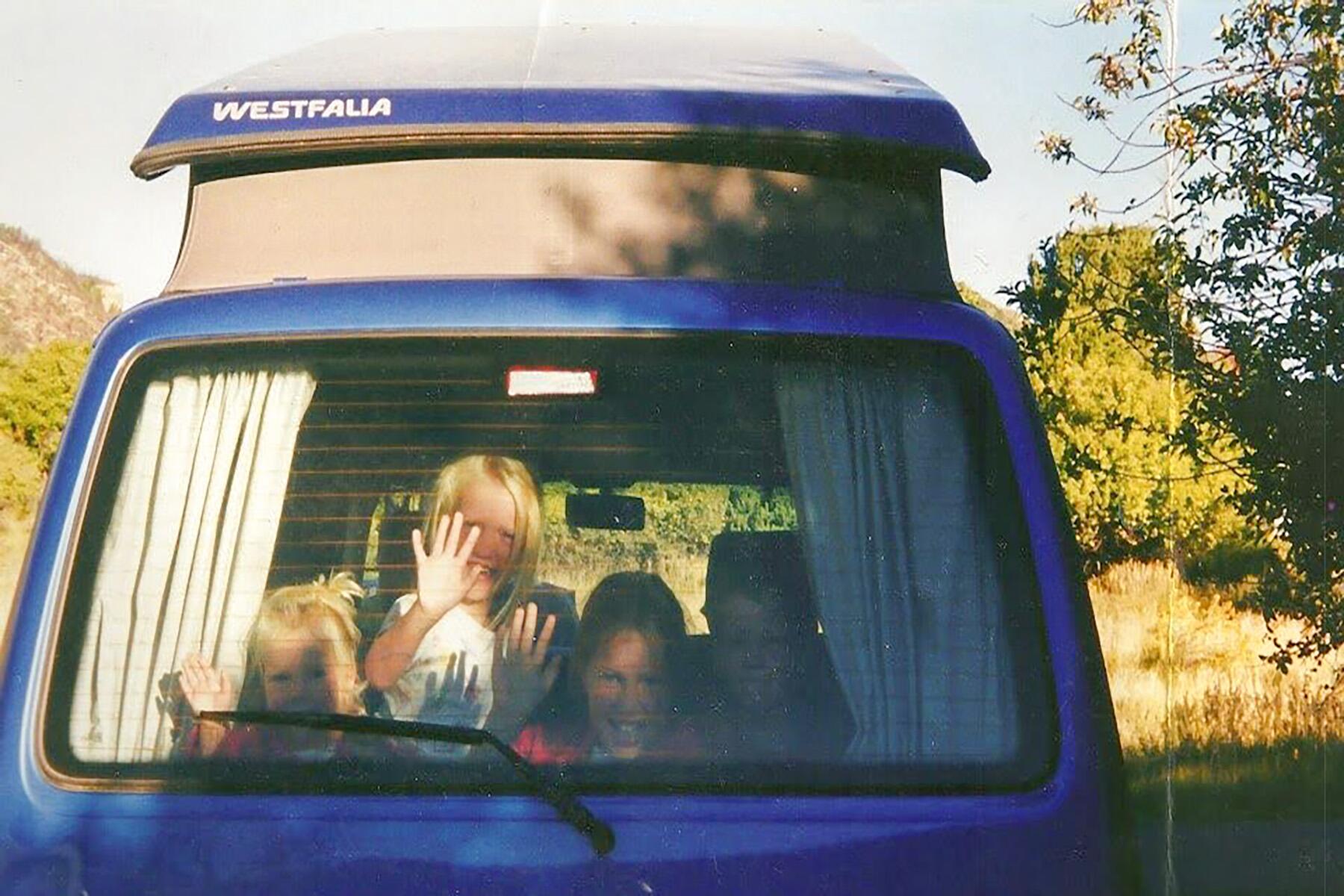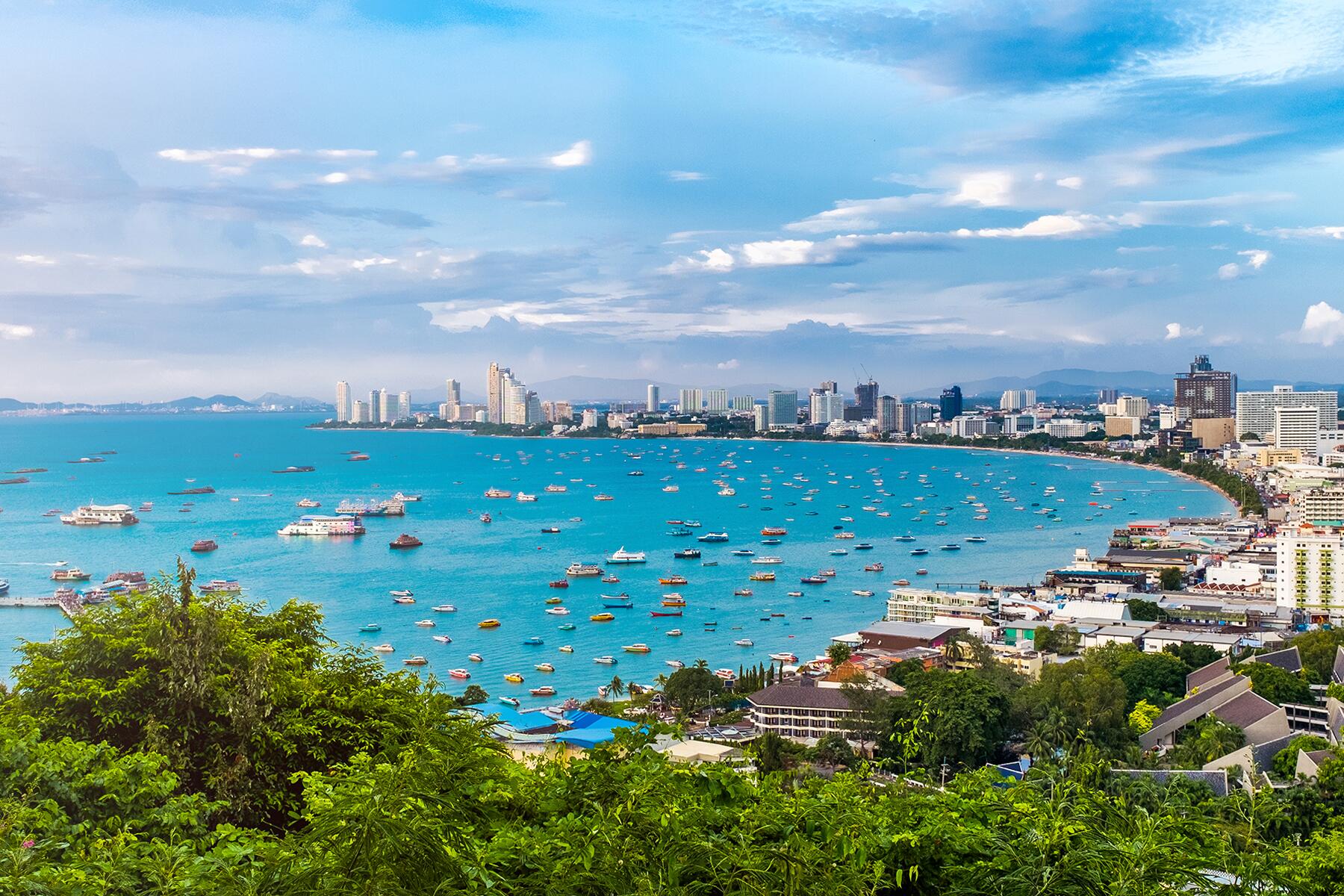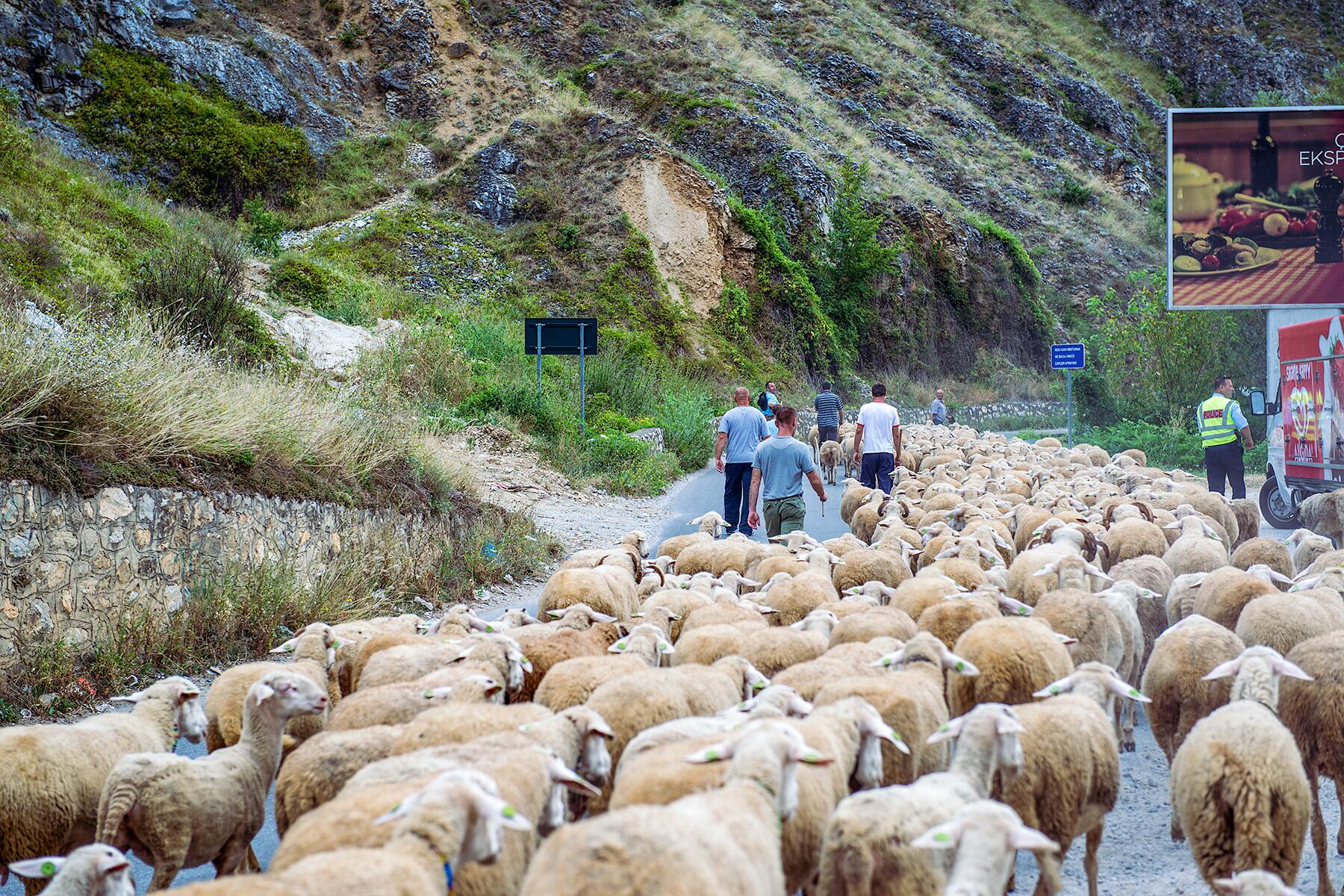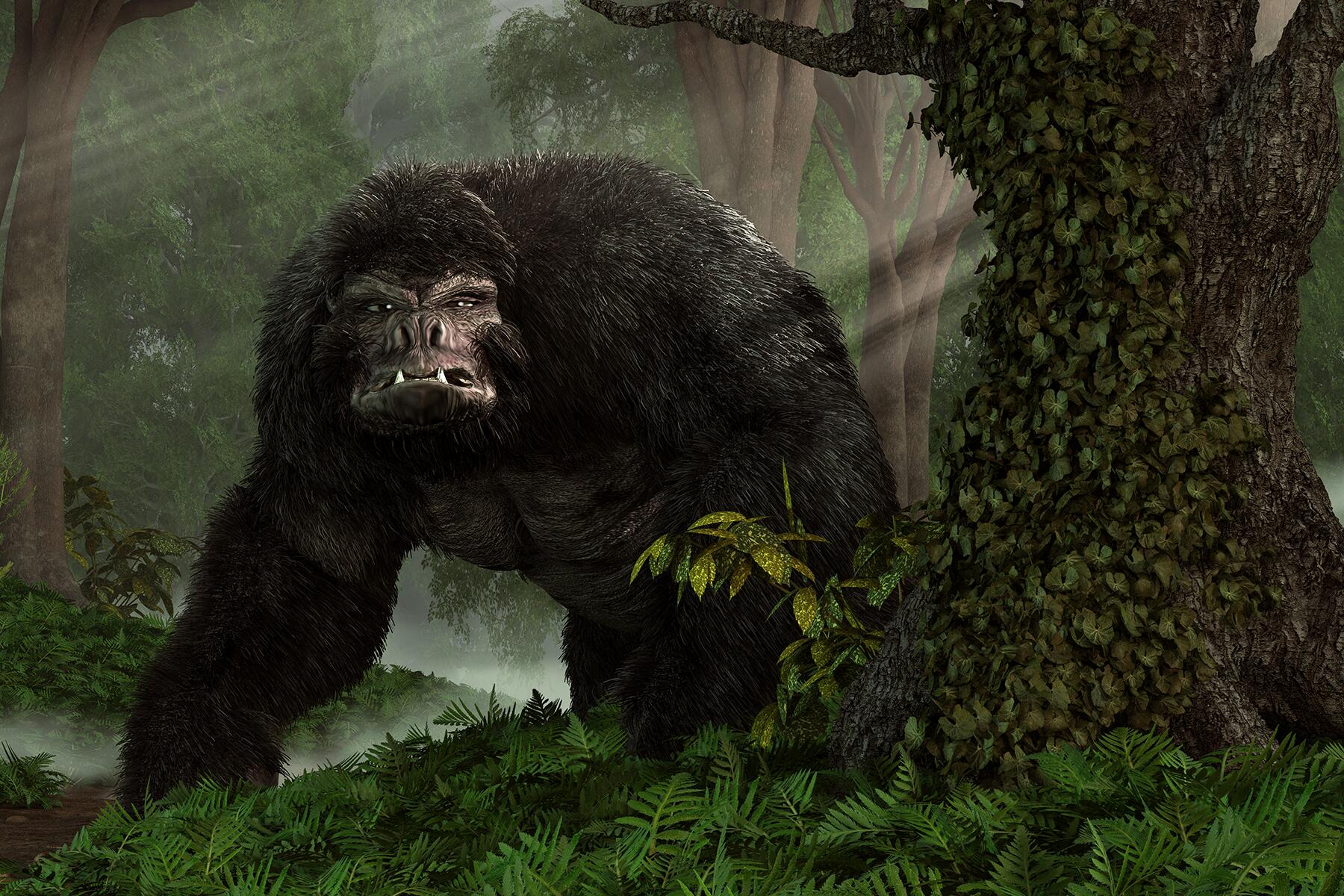Monster hunters, prepare for adventure! Here are more than a few creatures that aren't on most radars, sighted in 10 amazing places.
Cryptozoology is the search for and study of cryptids, or legendary beasts whose existence hasn’t been conclusively proven.
It requires an eager suspension of disbelief, and delight in the mad science of tested hair gathered from Bigfoot sightings or routine ultrasound scans of the silt-clotted depths of Loch Ness. It also involves finding proud company in the ranks of otherwise normal people with unflappable convictions about pretty improbable things.
Interestingly, those ranks are pretty thick. That’s because people love to believe…and because there are scores more cryptids than most people realize—from shapeshifting otters and raptorial koalas to colossal flying bats and hairy hominids—all hidden away in remote lairs all over the world.
So for amateur monster hunters in search of big adventure, here’s a bevy of cryptids you’ve probably never heard of in 10 of the earth’s most wild and gorgeous locations.





